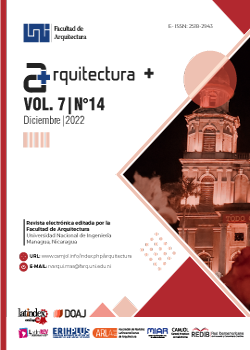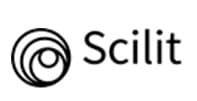Alternatives materials in the construction industry
DOI:
https://doi.org/10.5377/arquitectura.v7i14.15450Keywords:
Alkaline activators, BOF Slag, glass powder fineness, TFT-LCD, w/b ratiosAbstract
The environmental problems associated with the production of Portland cement has concern the manufacturer industry due to the amount of CO2 emitted into the atmosphere. Subsequently, some alternatives have emerged in order to get a cleaner production without altering its quality using technology innovation in cement plants. This research is based on the analysis and design of alternatives cementing materials using waste and industrial by-products. The first one is a subproduct made from the steel industry and the second one is a waste product form the glass industry. When both materials are mixed, they create what it is called Alkali-Activated Inorganic Binders (AAIB) from the, The Basic Oxygen Furnace Slag (BOF Slag), and the Thin Film Transistor Liquid Crystal Display (TFT-LCD), glass powder This purpose of this research was to obtain a binder similar to the Portland concrete with a minimum compression strength of fc’=18.51 MPa in 14 days. It is considered an available option I the construction industry due to it similar characteristics to the OPC; Furthermore, it has been accomplished a significant CO2 reduction as a result of partial or total replacement of cement.
Downloads
535
References
Anand, S., Vrat, P., & Dahiya., R. (2006). Application of a system dynamics approach for assessment and mitigation of CO2: Emissions from the Cement industry, J. Environ. (Vol. 79). Manage.
Chen, C., Habert, G., Bouzidi, Y., & Jullien., A. (2010). Environmental impact of cement production: Detail of the different processes and cement plant variability evaluation, J. Clean.
Escalante-Garcia. (2001). Reactivity of blast-furnace slag in Portland cement blends. Cement and Concrete Research, 10(31), 1403 - 1409.
Kae-LongLin. (2007). The effect of heating temperature of thin film transistor-liquid crystal The effect of heating temperature of thin film transistor-liquid crystal. Journal of Cleaner Production, (págs. 1755-1759).
McArthur, H., & Spalding, D. (2004). Engineering Materials Science, Properties, Uses, Degradation and Remediation. Philadelphia: Woodhead Publishing Limited.
Puertas, F., Torres-Carrasco, M., Varga, C., Torres, J., Moreno, E., & J.G.Palomo. (2012). Re-use of urban and industrial glass waste to prepare alkaline cements. 52. Portugal: 4th International Conference on Engineering for waste and biomass valorization, Oporto.
Topcu, I. B., & Canbaz, M. (Febrary, 2004). M. Properties of concrete containing waste glass. Cement and Concrete Research. Cement and Concrete Research, 34, págs. 267-274.
Torres-Carrasco, M., Palomo, J., & Puertas., F. ((2014)). Sodium Silicate solutions from dissolution of glass wastes: statistical analysis (Vol. 64). Mater. Construcc.
Xu, H., & Deventer, J. V. (2000). The geopolymerisation of alumino-silicate minerals. 59(3), 247-266.
Downloads
Published
How to Cite
Issue
Section
License

This work is licensed under a Creative Commons Attribution-NonCommercial-NoDerivatives 4.0 International License.



















